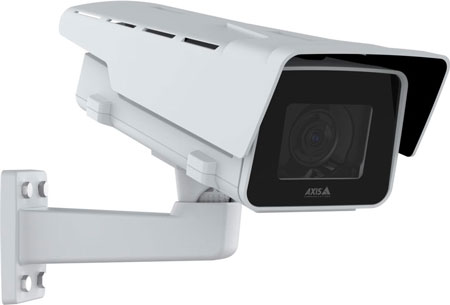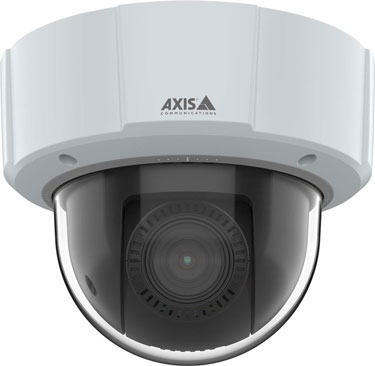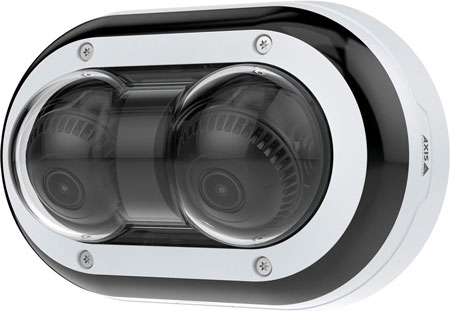Surveillance video can really help with protection. But what do you do when you have hours and hours and days and even weeks of video? You don’t have time to search through all that video for the bit of evidence you need.
You need to think about surveillance video metadata.
Metadata can make your recorded video much more searchable and your live video more actionable. It can also help you identify long-term trends and patterns, giving you valuable insights.
In this blog, we’re going to focus on Axis Scene Metadata, which is one of the most effective solutions for adding metadata to your surveillance video.
Let’s get into it!

What Is Surveillance Video Metadata?
What is metadata? It’s a bit of a complicated question, but here’s a way to understand it:
Think about a photo that you’ve taken on your smartphone. The photo file stored on your phone will very likely be more than just the image’s data. The file will probably also contain additional information like who took the photo, when it was taken, where it was taken, what camera was used, what the aperture or ISO value was used, and so on. This is metadata: not the core data itself (i.e., the image), but the additional data added to the core data.
In the world of video security, metadata refers to additional information encoded within recorded or live video.
What kind of additional information? Let’s explore Axis Scene Metadata.

Axis Scene Metadata
Scene Metadata is an edge-based solution that uses AI to interpret a scene and automatically add metadata to live and recorded video. It works with dozens of Axis IP Cameras that feature a deep learning processing unit.
What sort of metadata? It analyzes the scene and notes details, including:
- Object class — vehicle or human
- Vehicle type — car, bus, truck, or bicycle
- Vehicle color
- Clothing color — “upper” color of shirts, sweaters, blouses, and so on vs “lower” color of pants, skirts, and so on
- License plate numbers
- Speed data via radar (if a radar is integrated with the camera) — vehicle or human
You can then use this metadata for a number of very important tasks.
By having the data classified, the video becomes much more searchable: for example, you could search for white bus or human with brown pants without needing to scroll through hours of video.
It can help automate actions: for example, you could set an alert for speeding vehicles in a school zone.
Because Scene Metadata gives you highly specific information over time, you can see long-term trends that can improve efficiency: for example, you might see vehicles encroaching on a pedestrian crosswalk at a corner and establish clearer driving guidelines.
It can also use the metadata to crop the image based on the detected details to give you the best possible and most efficient snapshot of particular scene.
You can see how Scene Metadata can greatly improve the utility and effectiveness of your surveillance video.
Scene Metadata isn’t the only Axis solution that uses metadata to improve the effectiveness of your surveillance video.

Signed Video from Axis Edge Vault
We recently covered Axis Edge Vault, which is a hardware-based cybersecurity solution implemented in many Axis cameras from the ground up. Part of the Edge Vault suite is signed video, which is another form of video metadata.
Without getting into the technical details, signed video is a method (developed by Axis who then open-sourced it) of ensuring the authenticity of surveillance video. In our world of bad actors, using metadata to guarantee that video evidence hasn’t been tampered with is more important than ever.

